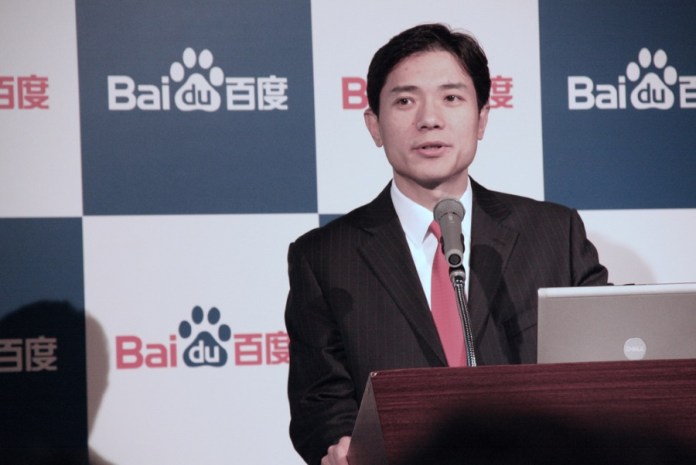Baidu, a Chinese internet giant, recently released an artificial intelligence-driven tool with the potential to translate English into German and Chinese in real-time to challenge Google’s product.
Up to now, most translation services online enable users to say or write down a sentence. However, there has been a lag when it comes to proceeding to translation. On the contrary, Baidu’s simultaneous translation tool enables sentences to be translated virtually instantly.
The product acts as a breakthrough for the Chinese internet giant Baidu, which has in the past several years been investing significantly in artificial intelligence (AI). The company expects to create the future of its enterprise on this technology.
Natural language processing (NLP) has been gathering pace recently. This is viewed as the main technology that can be incorporated across several products, particularly voice assistants. On the other hand, voice technology is viewed as a leading battleground for leading technology giants such as Google, Apple, and Amazon.
Currently, Baidu’s translation tool has the ability to translate English to Chinese and the other way round or even English to German.
According to Baidu’s principle scientists Liang Huang, Baidu trained its artificial intelligence (AI) on about two million pairs of both Chinese and English sentences.
This undertaking has enabled Baidu’s digital interpreter to carry out almost real-time translations, particularly from two languages that boast varying sentence structures.
Baidu utilized the example of a sentence that was posted in its blog post recently: “President Bush meets with Russian President Putin in Moscow.” The verb “meets” in Chinese is placed in the last part of the sentence. However, when translated to English, it assumes the third position, as required in that particular language. Using data sets for training, Baidu ’s tool can now forecast the word that features in the English sentence before it is even said/spoken.
“We train our system to predict the English side given the Chinese side prefix,” Huang first told CNBC. “You learn from that data that if Bush or any U.S. president is ever in Moscow, he is likely meeting with somebody,” the scientist added. This wouldn’t be an issue for the non-simultaneous translation since the time lag enables the evaluation of the sentence structure even before translating. However, real-time interpretation eliminates such delays.
The translation tool can be altered for latency. This allows a user to set the amount of time lag between spoken word and translation. “We train our system to predict the English side given the Chinese side prefix,” Huang said. “You learn from that data that if Bush or any U.S. president is ever in Moscow, he is likely meeting with somebody,” the scientist added.
Even though Baidu recognized the limitations associated with its translation tool, it asserted that it is not likely to phase out human interpreters. Huang said “We hope this AI technology will reduce the burden on human interpreters. But we are not trying to replace human interpreters, who we will continue to depend on their services for many years to come especially for high stake occasions which require consistent and more precise interpretation”




















